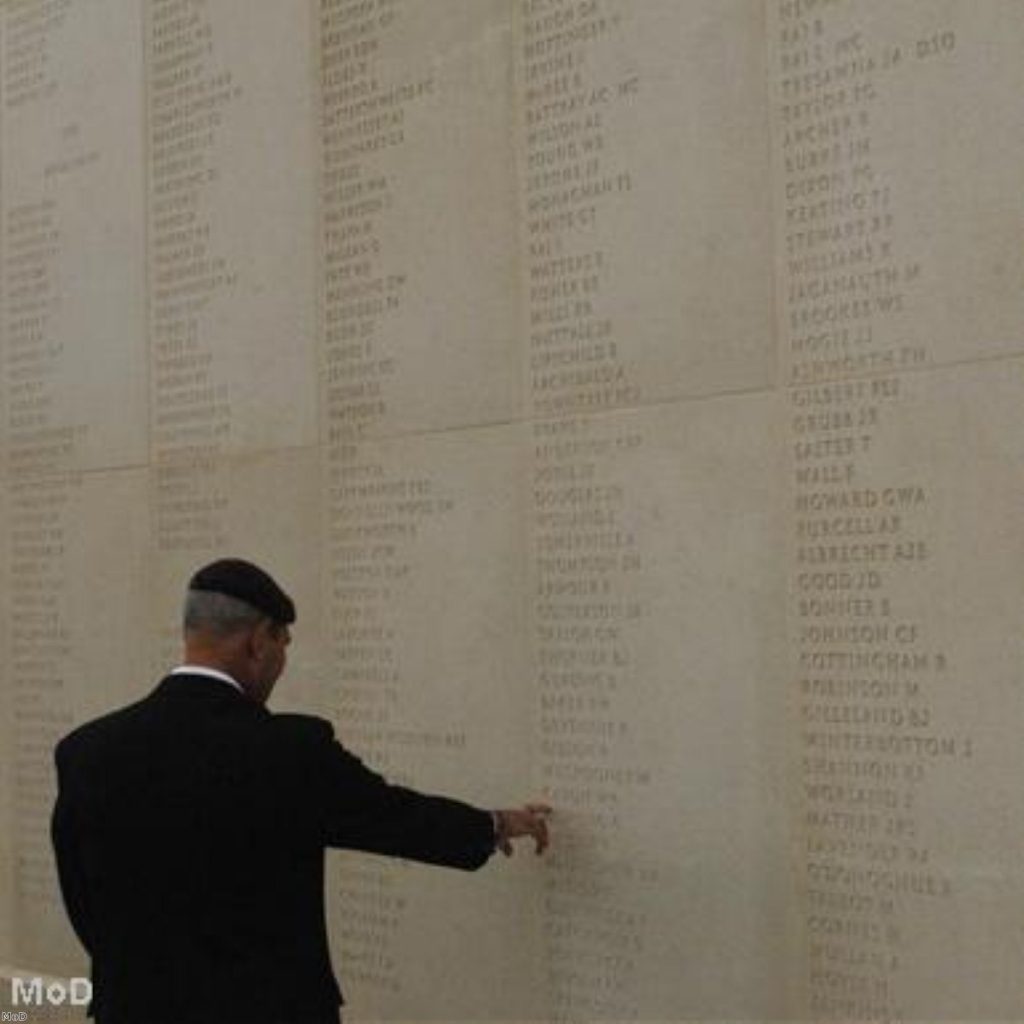Analysis: Britain’s diminished capabilities
The Ministry of Defence seems as overwhelmed by the challenges to come as it has by those of the last decade.
Today’s defence green paper is riddled with admissions of weakness, some tacit and others explicit.
The ‘lessons learned’ session is especially frank. In the space of just a few paragraphs the MoD reveals a panoply of failures. “Our assumption that we could ‘go first, go fast and go home’ proved false,” it admits. Operations had developed “in much more complex and dynamic ways than we envisaged”. Plans did not fully reflect the facts; challenges were underestimated. It’s a damning indictment.
Chief of the defence staff Sir Jock Stirrup summed up the armed forces’ frustration that 12 years have passed since the last strategic defence review. “My view is we’ve gone too long without one,” he said simply.
If the MoD has been extraordinarily frank about its difficulties since 1998, its defence green paper resonates with even more uncertainty about what is to come.
Military planners are struggling to work out what to prioritise as question-marks about the future proliferate. Hostile states are no longer the only enemy: the combination of terrorist groups and the drift towards proliferation poses much greater risks.
“We must be realistic about our ability to identify future challenges or foresee the military operations we will be expected to undertake,” it notes. “The development of a number of major trends will produce a wider range of potential threats…”
Precisely the problem of the noughties was not being able to predict the deployments to Iraq or Afghanistan. The biggest lesson learned has been the need of adaptability and flexibility; we can expect this, at least, to feature heavily.
There are many, many questions to ask. But such is the beauty of this green paper, from the government’s point of view, that they need not be answered yet.
“This is the start of the process, not the end of it,” Ainsworth said at one stage. Everything is, ostensibly, up for grabs. Even the approach to Afghanistan is worth debating. “We recognise there are other approaches focused on deterring containing or disrupting threats,” it says. “To what extent and in what areas should we continue to refocus our current efforts on Afghanistan?”
Other options abound. It would be nice to be able to deploy the armed forces to prevent conflict and strengthen international stability; and to give them a greater domestic role, improving resilience against flooding and the like. But the compelling need to prioritise Afghanistan seems likely to trump them.
The biggest battle in the coming months will, as always, be between the services. The Army is winning the struggle, although General Sir David Richards’ calls for a radical refocus on small-scale equipment could prove too bold. The Navy is determined to protect its aircraft carriers. After initial skirmishes the publication of today’s paper will see the conflict break out above ground.
Ainsworth, a key target in this campaign, found himself in a thoroughly relaxing position this morning. In the brief question-and-answer session at the MoD this morning Ainsworth displayed a masterly ability to contradict himself – and leave everyone guessing.
He pointed out the steel had already been cut for the carriers. “That cuts down our options, does it not?”
But only minutes later he was talking about the need to make sure forces in Afghanistan were properly equipped – both on the ground and in the air. At least he was temporarily liberated from the need for accountability. Today was not about actually answering questions, but about raising them.
“We cannot proceed with all the activities and programmes we currently aspire to, while simultaneously supporting our current operations and investing in the new capabilities we need.”
It may not be Ainsworth who has to make these “hard choices”, after all.





-01.png)